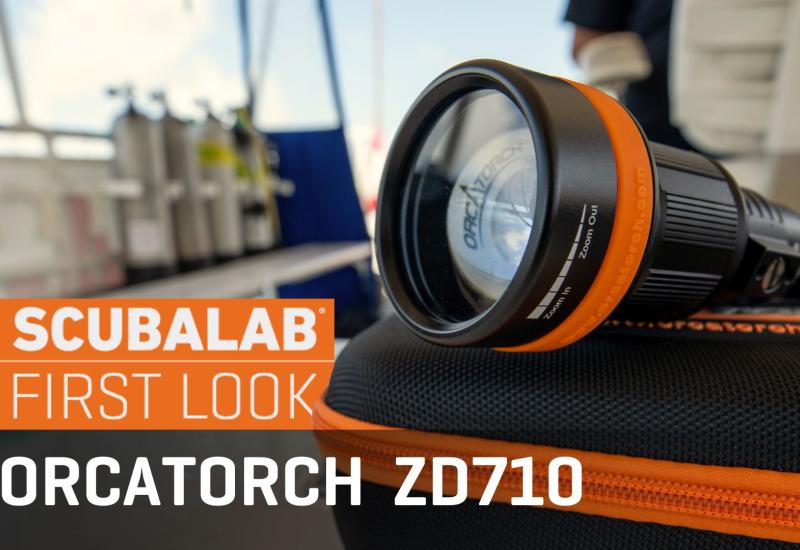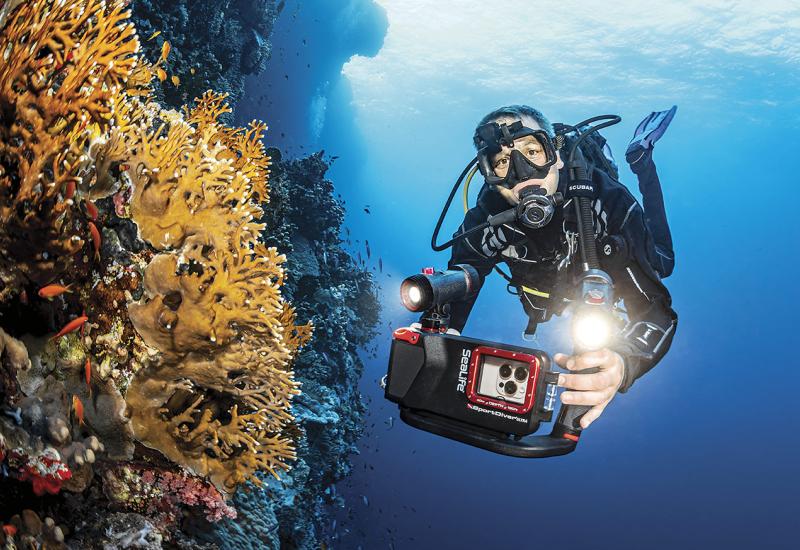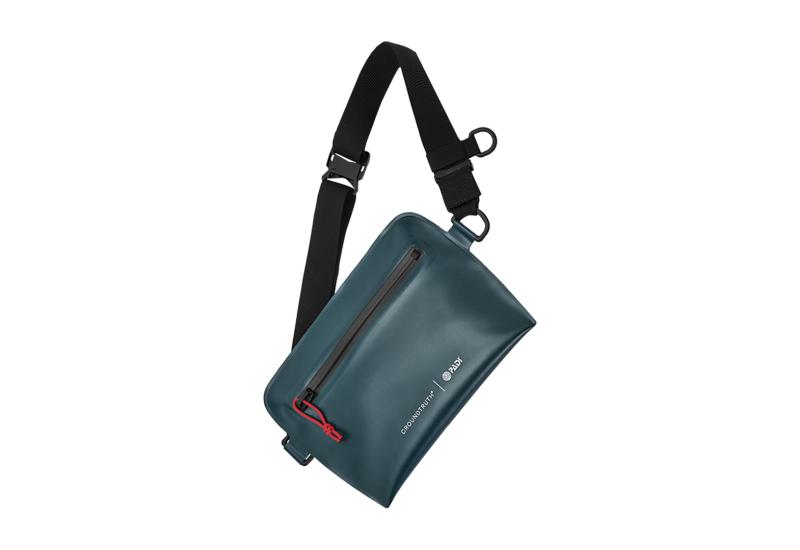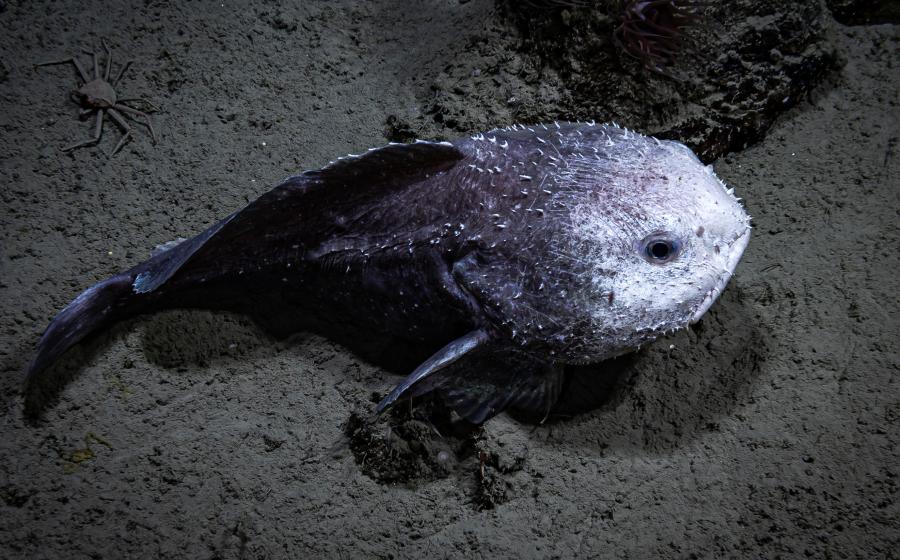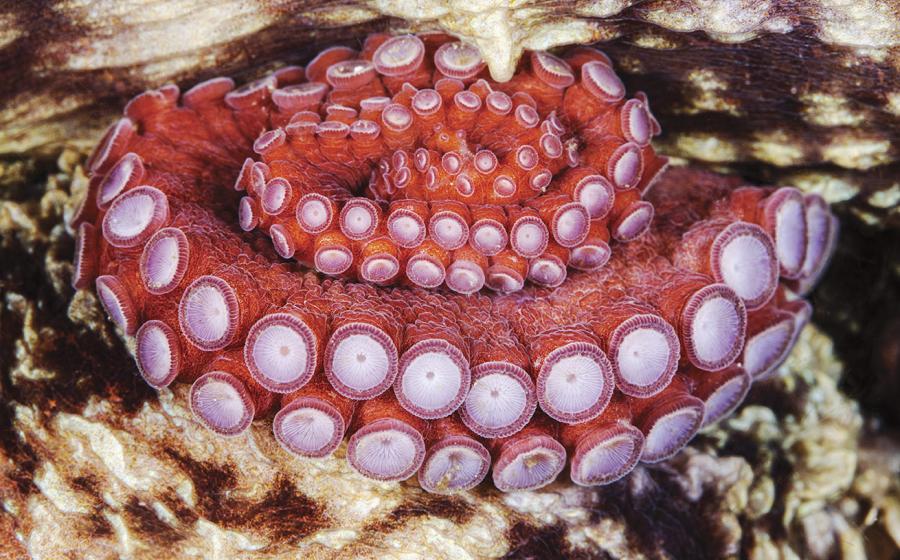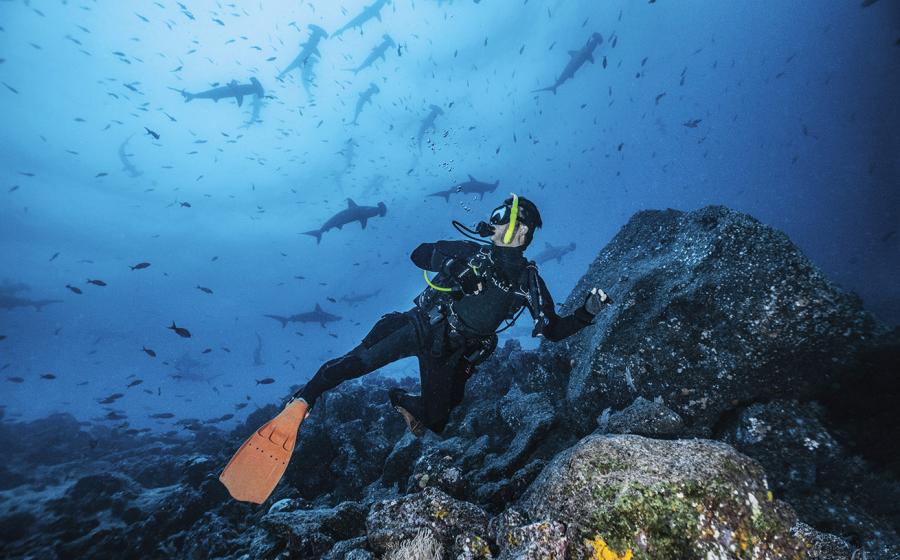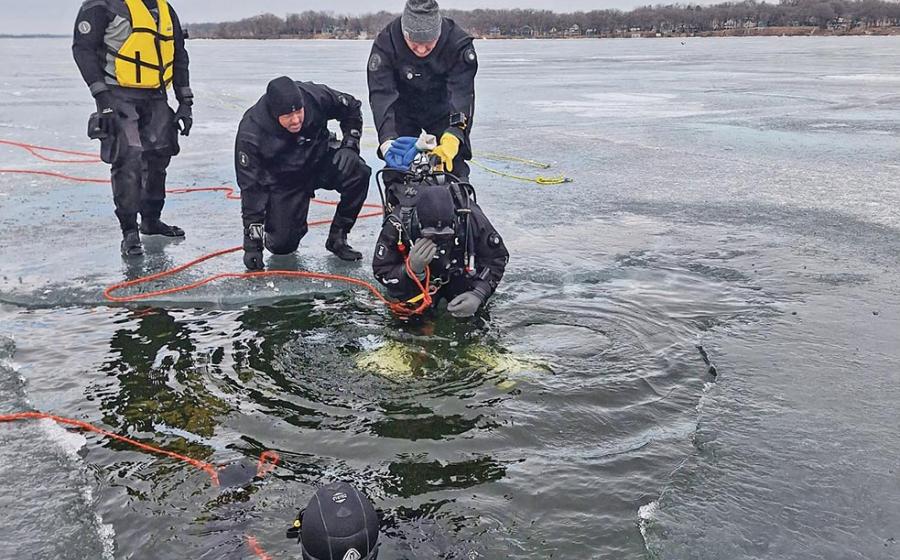How to Choose a Dive Mask

There are three things that matter most when purchasing a new scuba diving mask — fit, fit and fit. When you're in a dive store trying on the selection of dive masks, it can be difficult to be 100 percent certain that it will seal to your face and be comfortable underwater, but you can try this basic test. Getting a good fit is true of every piece of dive gear you buy. An ill-fitting mask (or wetsuit, BC, etc.) will only make you uncomfortable and miserable when you're underwater. Little else matters if a mask hurts your face or is flooding constantly because your mask won't seal to your face type.
But beyond fit, how do you know what type of dive mask to buy?
Why Choose Single Lens?
Single-lens masks have full-width lenses so they offer a wide, uninterrupted view. They also allow divers to maintain binocular vision that aids in depth perception, even when looking to the side. Single-lens masks come in both frame and frameless varieties. The benefits of a single-window frameless design are lower volume, above-average field of view, and since the buckles are now mounted directly to the skirt, they fold flat for packing. Before single-window masks evolved into the masks that are now being manufactured, it was the two-window mask that had the lowest volume. Many newer single-lens masks are designed with very low volume, comparable to dual-lens masks. A low-volume mask means the lens (or lenses) is closer to your eyes.
Why Choose Dual Lens?
Dual-lens masks allow for positioning of the lenses closer to the face in order to help keep the volume low inside the mask. A lower-volume mask makes it easier to clear and equalize pressure; it also reduces the mask’s profile. Lenses come in a wide variety of shapes, with the most common being an inverted teardrop that’s wide and rounded at the top, with a deep-V shape at the bottom. This style allows a wide view across the main section of the lens, while also providing a downward view to help keep gear visible. Dual-lens masks are also a good choice for divers who need corrective lenses. Many manufacturers offer a range of premade corrective lenses.
Why Choose Multiple Lens?
They may have dual or single lenses in the front, but multiple-lens masks also have small lenses that wrap around the sides. This provides the broadest possible field of view, and allows lots of light to enter the mask — although some divers find that the seam where front and side lenses meet can create reflections or distortion. For divers who don't like the claustrophobic feeling of their masks, a multiple-lens version may be a good choice. Like other types of masks, multiple-lens models come in both frame and frameless designs. Those with dual front lenses can also be fitted with prescription or corrective lenses.
Ready to choose your new mask? Click here to view our 2016 Gear Guide.


